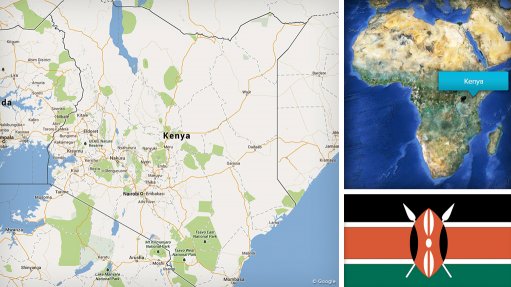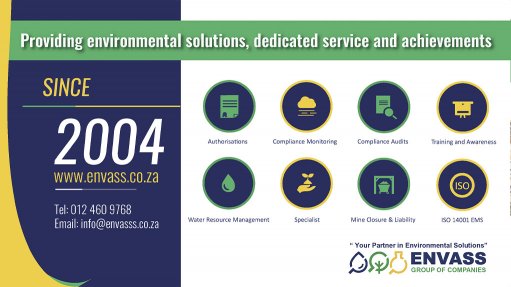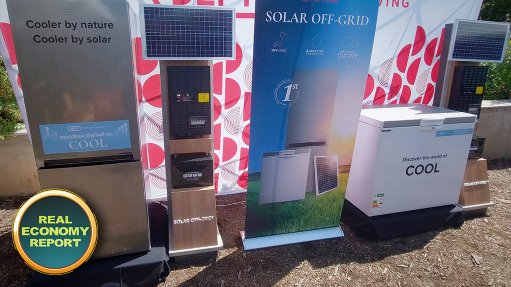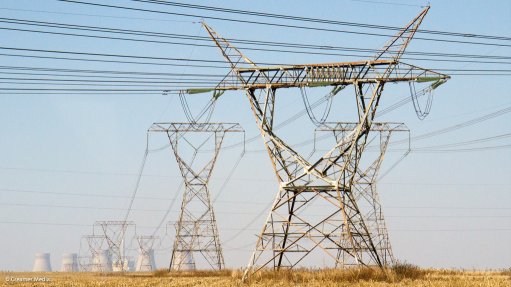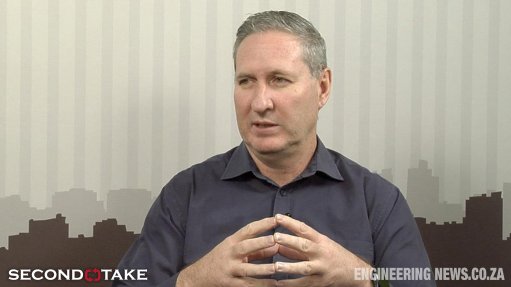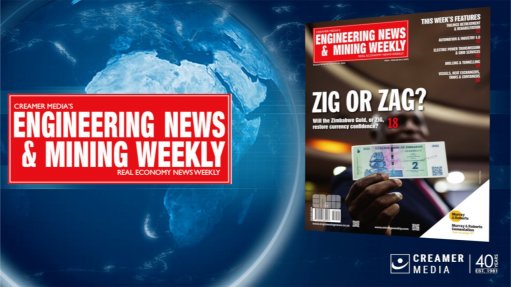Beyond the Milky Way – SA astronomers help unveil obscured galaxies

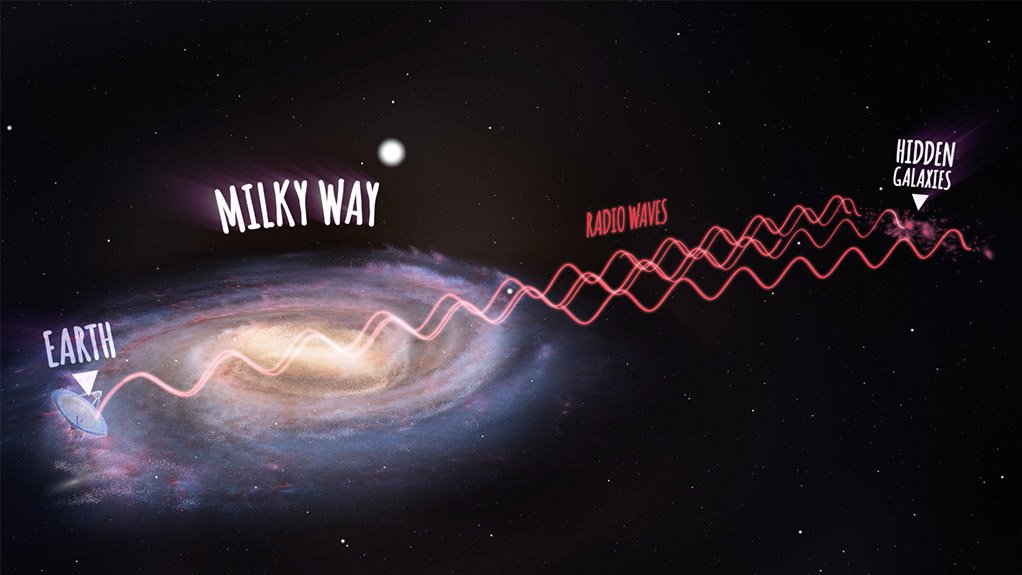
A not-to-scale diagram showing radio waves from the previously hidden galaxies traveling through the Milky Way and being received on Earth by the Parkes telescope
Photo by International Centre for Radio Astronomy Research
Astronomers from the University of Cape Town (UCT) and the South African Astronomical Observatory (SAAO) have played a leading role in a successful international cooperative programme to locate galaxies hidden on the far side of our own galaxy, the Milky Way. The project involved astronomers from Australia, the Netherlands and the US as well as South Africa, and made use of the 64 m diameter Parkes Radio Telescope in New South Wales, Australia.
The South Africa-based participants are UCT Chair of Astronomy Professor Renée C Kraan-Korteweg and SAAO astronomer Dr Anja Schröder, who have both been involved in the project since it started, in 1997. They are two of the lead authors of the paper 'The Parkes HI Zone of Avoidance Study', published in the Astronomical Journal on Tuesday (February 9). The leader of the project is Professor Lister Staveley-Smith of Australia’s International Centre for Radio Astronomy Research, University of Western Australia node.
The Parkes instrument was equipped with an innovative receiver, which could scan the sky 13 times faster than previously. “Even so, the data gathering went on for various years,” pointed out Professor Kraan-Korteweg. Altogether, the project detected 883 galaxies. “About half of which had never been seen before,” highlighted Dr Schröder. Although they are relatively close in astronomical terms – about 250-million light years from Earth – they were previously unknown because, being beyond the far side of the Milky Way from Earth, they were hidden by our own galaxy. This hidden sector of space is called the Zone of Avoidance.
The importance of this research lies in the contribution it makes towards the understanding of a major and currently mysterious gravitational anomaly, known as the Great Attractor. This seems to be pulling hundreds of thousands of galaxies, including the Milky Way, towards it. In the case of our galaxy, this is at a speed of two-million kilometres an hour. The gravitational force exerted by the Great Attractor indicates that it has a mass equivalent to about one-million-billion suns, resulting in it being described as a “mass overdensity”.
“We’ve used a range of techniques, including telescopes at the SAAO, but only radio observations have really succeeded in allowing us to see through the thickest foreground layer of dust and stars in the inner Milky Way,” reported Kraan-Korteweg. “An average galaxy contains 100-billion stars, so finding hundreds of new galaxies hidden behind the Milky Way points to a lot of mass we didn’t know about until now.”
According to Kraan-Korteweg, these previously-unknown galaxies are evidence that the Great Attractor is the result of a major supercluster near to the Milky Way. A supercluster is a large grouping of galaxies and clusters of galaxies and this one seems to cross the Milky Way diagonally. The team has detected a number of new astronomical structures that might help explain our galaxy’s movements. These include three galaxy concentrations (designated NW1, NW2 and NW3) and two new clusters (CW1 and CW2).
Comments
Press Office
Announcements
What's On
Subscribe to improve your user experience...
Option 1 (equivalent of R125 a month):
Receive a weekly copy of Creamer Media's Engineering News & Mining Weekly magazine
(print copy for those in South Africa and e-magazine for those outside of South Africa)
Receive daily email newsletters
Access to full search results
Access archive of magazine back copies
Access to Projects in Progress
Access to ONE Research Report of your choice in PDF format
Option 2 (equivalent of R375 a month):
All benefits from Option 1
PLUS
Access to Creamer Media's Research Channel Africa for ALL Research Reports, in PDF format, on various industrial and mining sectors
including Electricity; Water; Energy Transition; Hydrogen; Roads, Rail and Ports; Coal; Gold; Platinum; Battery Metals; etc.
Already a subscriber?
Forgotten your password?
Receive weekly copy of Creamer Media's Engineering News & Mining Weekly magazine (print copy for those in South Africa and e-magazine for those outside of South Africa)
➕
Recieve daily email newsletters
➕
Access to full search results
➕
Access archive of magazine back copies
➕
Access to Projects in Progress
➕
Access to ONE Research Report of your choice in PDF format
RESEARCH CHANNEL AFRICA
R4500 (equivalent of R375 a month)
SUBSCRIBEAll benefits from Option 1
➕
Access to Creamer Media's Research Channel Africa for ALL Research Reports on various industrial and mining sectors, in PDF format, including on:
Electricity
➕
Water
➕
Energy Transition
➕
Hydrogen
➕
Roads, Rail and Ports
➕
Coal
➕
Gold
➕
Platinum
➕
Battery Metals
➕
etc.
Receive all benefits from Option 1 or Option 2 delivered to numerous people at your company
➕
Multiple User names and Passwords for simultaneous log-ins
➕
Intranet integration access to all in your organisation








